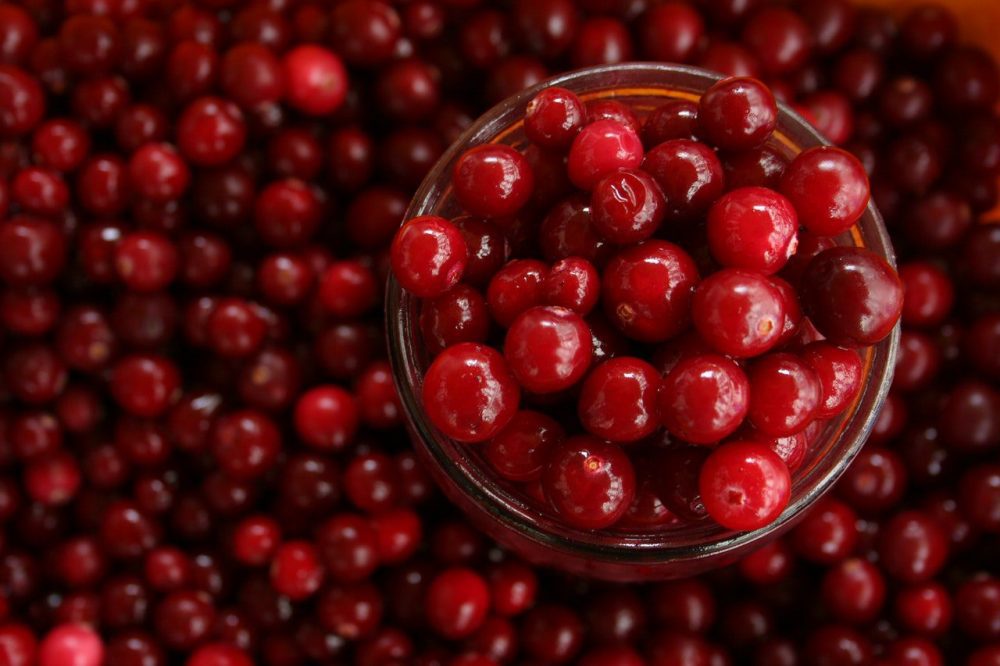More often than not, dishwashers are misused, leading to a less-than-satisfactory cleaning experience. Are you ready to turn a mundane chore into a masterclass in efficiency and cleanliness? Often overlooked, the art of loading a dishwasher is crucial for achieving those perfectly clean dishes. Say goodbye to post-wash disappointment with these top strategies.
Let’s go ahead and get your dishes sparkling like never before:
Don’t Pre-Rinse, Just Scrape Off the Leftovers
Starting with a bit of a game-changer – stop rinsing your dishes before loading them! Modern dishwashers are equipped with sensors that adjust to the amount of grime on your dishes. If you rinse them off, the dishwasher might not clean as aggressively as it needs to.

Jullia / Pexels / Do not rinse the dishes before putting them into the dishwasher. Just scrape off the leftovers, and the dishwasher will take care of the rest.
Simply scrape off the big bits of food and let your machine and detergent work their magic. This method saves water and ensures that your detergent has something to work against.
Put Utensils Handle Down, Handle Up
Utensils can be tricky. For the best clean, mix up the directions. Place some handles up and some down in the utensil basket. This prevents nesting and ensures better water and detergent circulation. Sharp knives, however, should always be placed with handles up for safety.
However, for larger utensils like spatulas or serving spoons, lay them flat on the top rack to avoid blocking the spray.
Put Cups and Mugs Into the Top Rack
Cups and mugs should find a home on the top rack. Position them upside down and angled to ensure water does not pool in the bottoms. The top rack is designed to handle the delicate nature of glassware.

Wendelin / Pexels / For optimal cleansing, make sure to place mugs and cups into the top rack.
So, your favorite coffee mugs and glasses are safe here. Make sure there is space between them to avoid clinking and potential damage.
Place Bowls on the Top Rack & Don’t Statck Them
Bowls should also be on the top rack. The trick here is to angle them so that the water can clean the inside and then drain off. Overlapping them slightly is okay, but do not stack them.
This ensures that each bowl gets an equal chance to bask in the water and detergent. In turn, this will lead to a thorough cleaning.
Place Plates Into the Bottom Rack
Lastly, plates should stand upright in the bottom rack. The bottom rack is closest to the dishwasher’s main spray arm, making it the ideal spot for the dirtiest and sturdiest items.

Wu / Unsplash / To ensure that the dishwasher thoroughly cleans the dishes, place your plates into the bottom rack.
Space your plates out so that water can flow between them. This placement ensures that the intense water pressure reaches every bit of your plates, leaving them spotless.
There you have it! Loading a dishwasher correctly is more than just a chore. It is a science. By following these tips, not only will your dishes come out cleaner, but you will also extend the life of your dishwasher. Remember, it is all about maximizing the space while allowing water and detergent to reach every surface. So, give these tips a try and enjoy the satisfaction of perfectly clean dishes every time.













